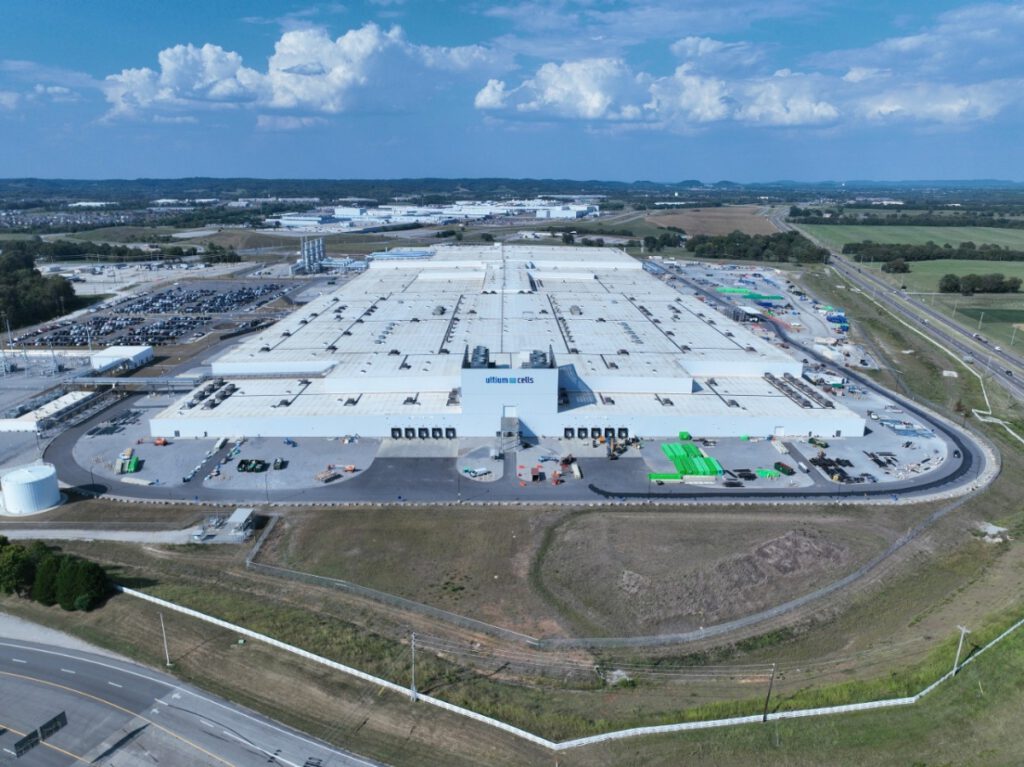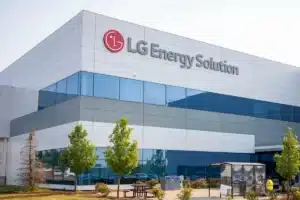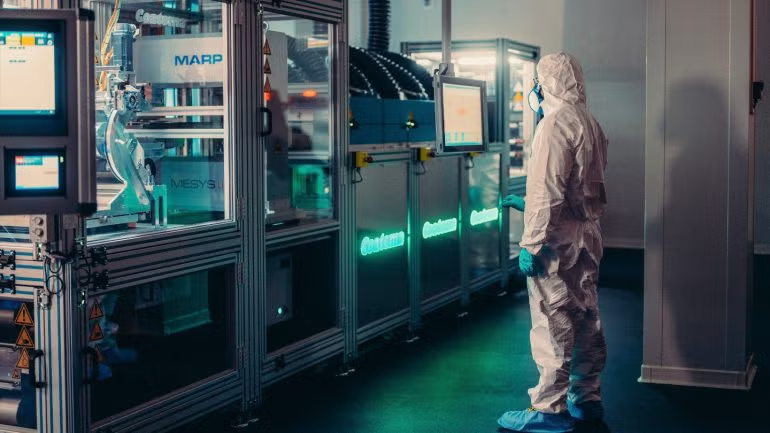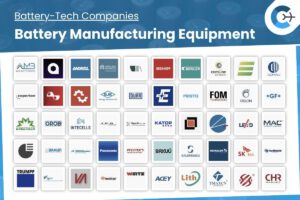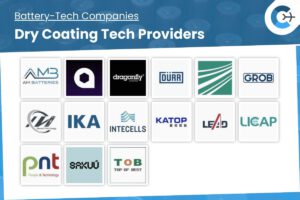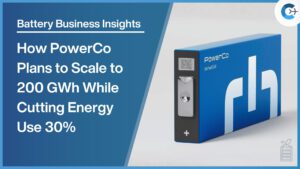General Motors is expanding its battery manufacturing and development capabilities across Tennessee and Michigan as part of its strategy to secure a U.S.-based electric vehicle (EV) value chain. In Spring Hill, Tennessee, GM’s joint venture with LG Energy Solution, Ultium Cells, currently operates the country’s largest OEM battery cell production capacity through its Spring Hill and Warren, Ohio, sites.
Building on a $2.3 billion investment announced in 2021, the Spring Hill plant will add lithium iron phosphate (LFP) pouch cell lines alongside its existing nickel cobalt manganese aluminum (NCMA) production. Work on the LFP lines is slated to begin soon, with full commercial output expected by late 2027. Spring Hill will also serve as the home for future lithium manganese rich (LMR) chemistry production, positioning GM to be the first automaker to manufacture LMR prismatic battery cells at scale. These additional chemistries will complement NCMA technology and allow GM to offer a wider range of battery solutions—from affordable models such as the Chevrolet Bolt to large electric pickups—while optimizing cost, range, and performance.
In Warren, Michigan, GM recently completed the final steel beam placement for the Ancker-Johnson Battery Cell Development Center on its Global Technical Center campus. The new, 500,000-square-foot facility—alongside the adjacent Wallace Battery Cell Innovation Center—represents a combined $900 million investment. Named for physicist and former GM executive Betsey Ancker‐Johnson, the center is designed to shorten new battery development cycles by up to a year. Its initial focus will be on advancing LMR cell concepts through validation and pilot production, accelerating the path to large-scale manufacturing. Equipped with modern tools and staffed by development teams, the center will drive improvements in safety, quality, charging speed, cost, and energy density.
These initiatives dovetail with GM’s broader efforts to strengthen its domestic supply chain through strategic investments and agreements for U.S.-sourced lithium, magnets, and other critical materials. By advancing multiple chemistries, cell formats, and state-of-the-art facilities, GM aims to establish a resilient, America-driven portfolio that supports long-term EV growth and market leadership.
Source: GM Newsroom

